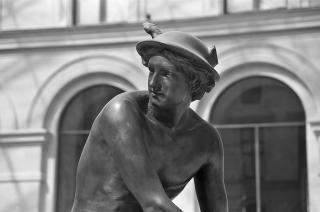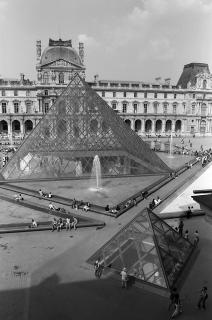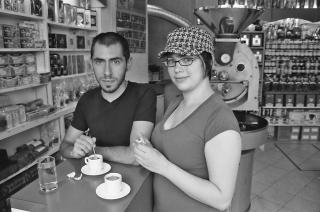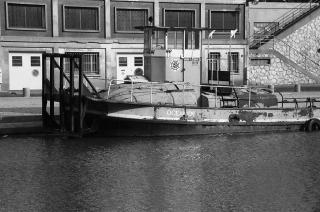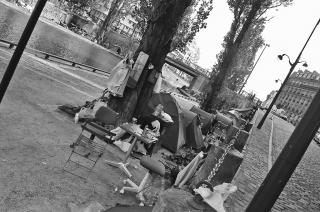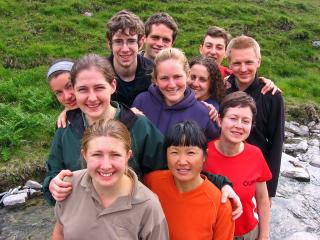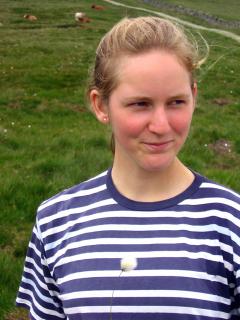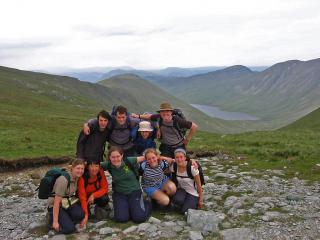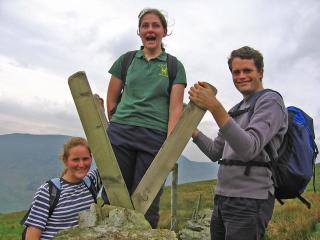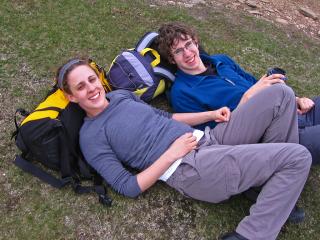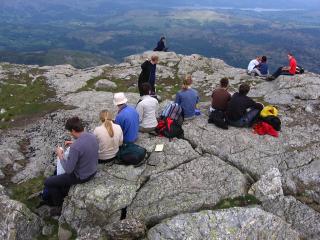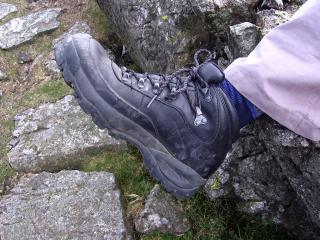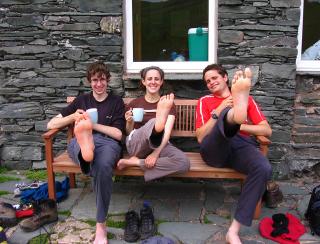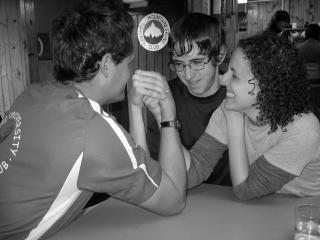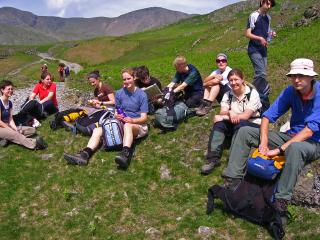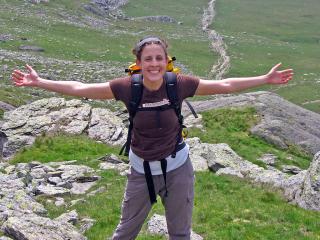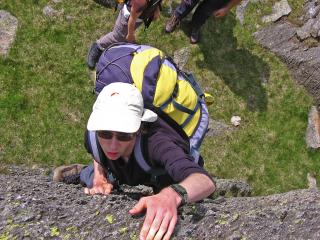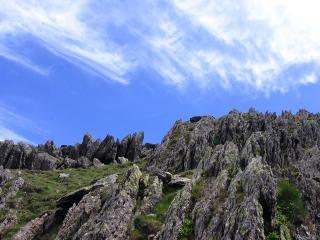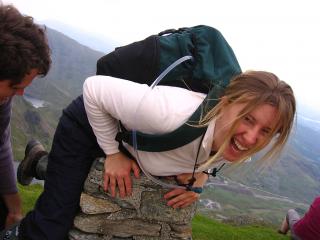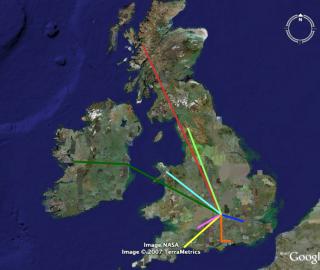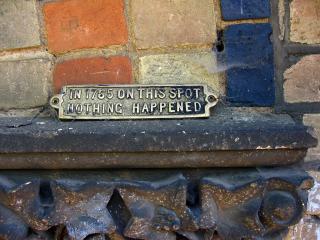Here is a useful iPhoto trick that Mac users may not already know: if you select a batch of photos, then select “Share > Export” you can create a QuickTime movie. You can have each image show for whatever length of time you like, set the size of the movie generated (in pixels) and add music. You can do this by simply selecting a collection of images in the library, by selecting an album, or by selecting a slide show. If you want to add music, you need to do the last of those.
Exported Quicktime movies seem like a pretty good option for sending photos of a trip or party to people who request them. The file sizes are very manageable, the image quality is decent, and it is easier than mucking around with sending dozens of individual files.
Here is a random example. It consists of some graffiti from Paris, Vancouver, Helsinki, Dublin, Tallinn, and Oxford. One annoying quirk is how adding music massively increases the file size. The same collection of images with an mp3 playing in the background produced a file of over 65 megabytes.
After iPhoto?
I have always found the slide show system in iPhoto a bit awkward, largely because of how you cannot drag images out from it into other applications, as you can with normal albums. That means if you want to edit one of those images in Photoshop, you need to track down the original in your library or an album.
If I ever do get a dSLR, I will probably need to switch to something more robust for storing image files. Even working with the jpeg files from my 3.2 megapixel camera, it gets cranky when too many are being worked with at once. That is with 1.25 gigabytes of RAM, drop shadows off, thumbnails at one of the three default sizes, and a minimum of other programs running. One can only imagine how it will treat 10 megapixel RAW files.
Another problem with iPhoto is that it doesn’t offer many options for having different versions of the same file. At the very minimum, I want to retain the original jpeg at maximum resolution and then have a 1024×768 pixel version that has had the contrast and levels adjusted an appropriate unsharp mask applied. Being able to store additional versions would be an advantage, especially if they are intelligently linked to the original. I don’t want it to be confusing which is which: a situation largely unavoidable in iPhoto, unless you want to look at the image properties for every file you glance at.

